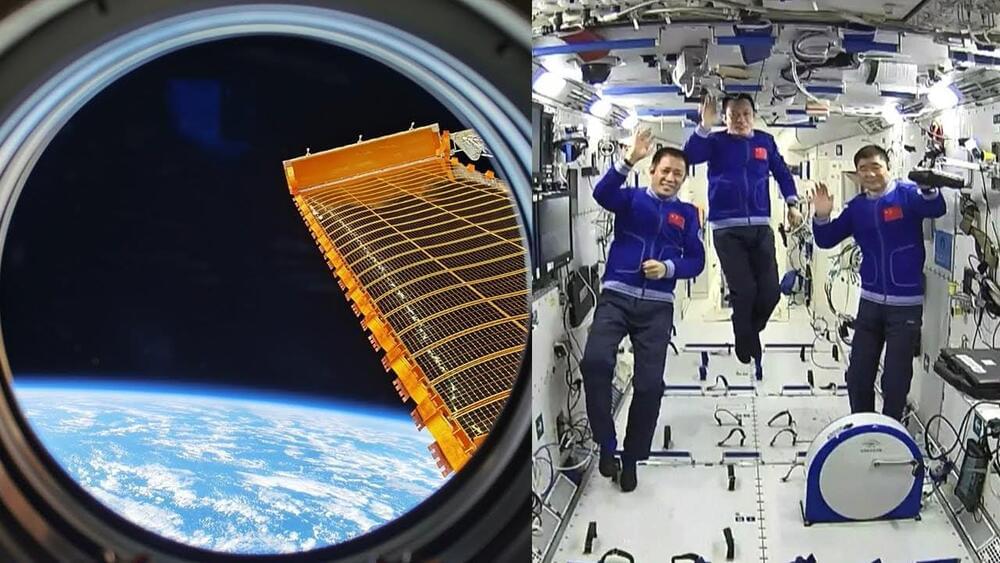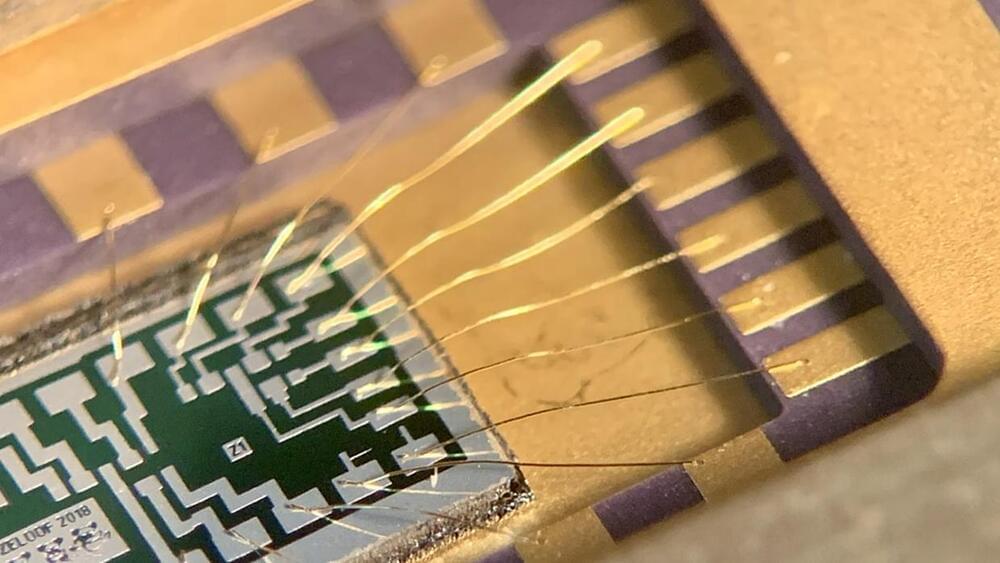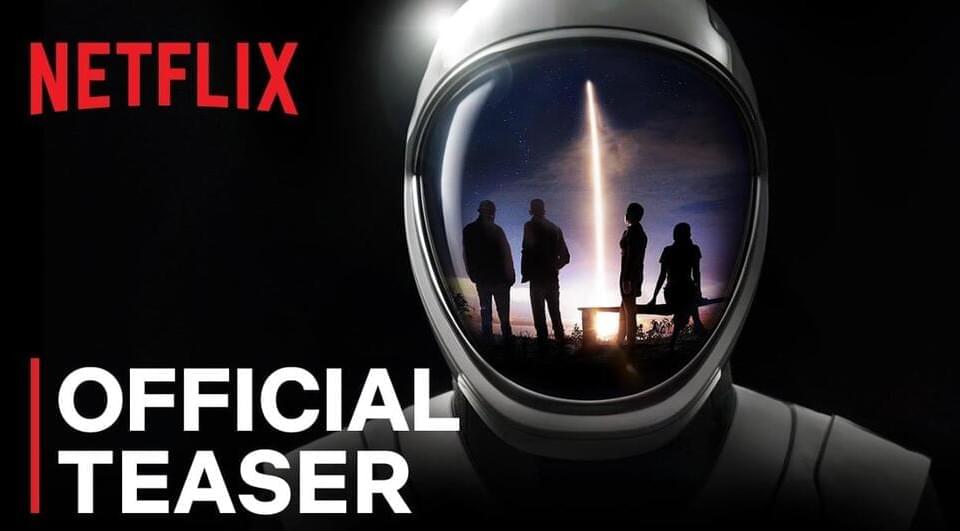Sep 6, 2021
Shenzhou-12 astronauts present the Tianhe core module
Posted by Alan Jurisson in categories: education, space
The Shenzhou-12 crew, astronauts Nie Haisheng (commander), Liu Boming and Tang Hongbo, presented the Tianhe core module to university students and secondary school pupils in Hong Kong. The Tianhe core module (天和核心舱), the first and main component of the China Space Station (中国空间站), informally known as Tiangong (天宫, Heavenly Palace).
Credit: China National Space Administration (CNSA)/China Media Group(CMG)/China Central Television (CCTV)

















